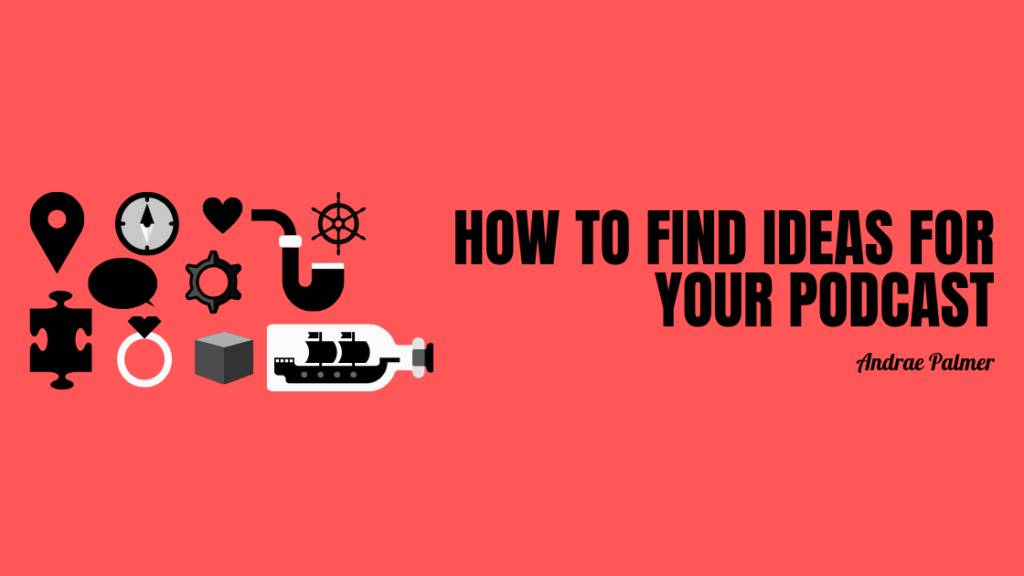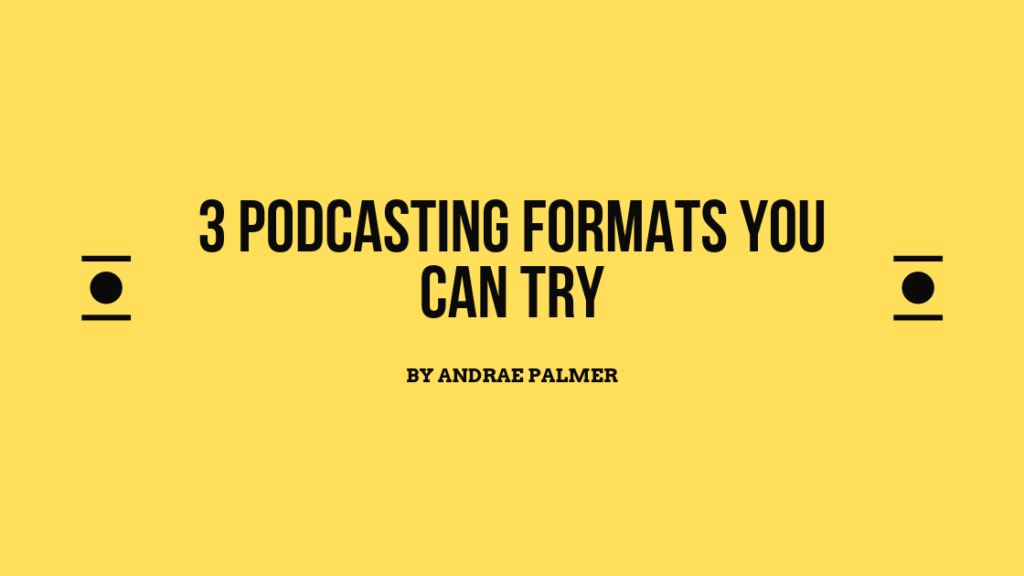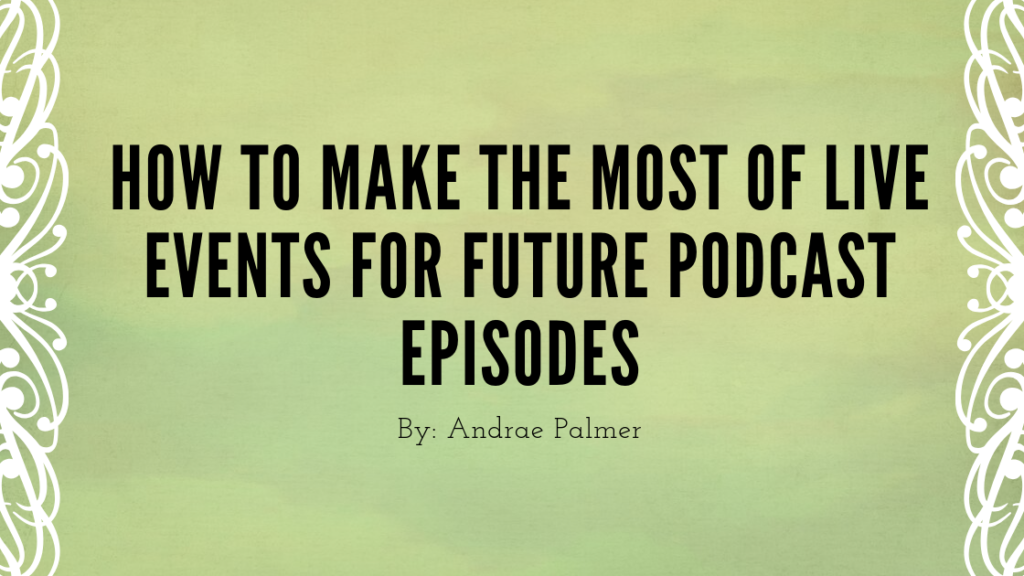One of the things that can add something extra to your podcast is interviewing other people. This will expand your credibility, give your listeners a different perspective and add a new dynamic to your show. But interviewing people can be nerve-racking. In this article, I’ll share some tips on how to do it without getting jittery.
Secure the interview
The first step is actually securing the interview. There are various ways to do it, you can email your contact, or send them a message on social media or reach out to them at in-person events. Just ask in a respectful way that you’re seeking some tips on how to do what they do. All of this must relate to how you serve your customers. Once you get confirmation, add the interview to your calendar and prep to get it done.
Have basic questions that you want to ask
At first have a list of questions that you want to ask your guest. Not everyone feels too comfortable winging it. This helps you get the main answers you’re seeking for our show. Questions that you can ask include:
- Tell us a little about your story and what you do?
- Now, what can persons do to overcome this problem?
- What are some tips to do x?
It’s important to not follow up questions you want to ask while the person is speaking. This will keep the conversation flowing naturally. It’s also important to be curious as well this will help you find more question to ask without wasting the person’s time.
Test recording software and equipment before you go live
Before the actual interview do a test recording. This will ensure that you identify any issues that can happen. Make sure all connections are working. ANd have a plan B just in case your main method fails. You can never be too prepared but doing these simple checks reduces the stress.
Once you’re up and running go live and do the interview. Its ok to feel nervous and anxious at times but with time interviewing people will become easier. When you’re finished save your files appropriately.


